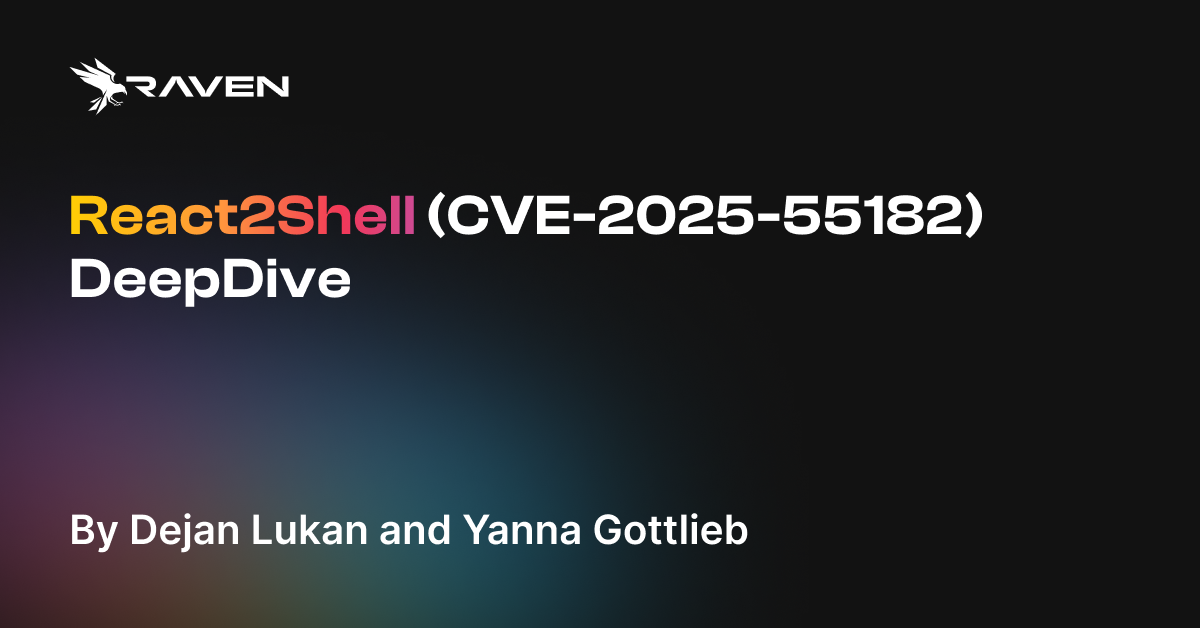Runtime ADR
Detect and respond to any exploit attempt before it breaches your cloud infrastructure.
Raven continuously monitors all libraries and their runtime behavior, instantly detecting and preventing any deviation, supply chain attacks or exploit attempts at the very first step of the attack chain, even without a CVE.
With comprehensive application-level insights, Raven provides unique visibility into library anomalies.
This next-generation cloud workload protection extends beyond traditional OS-level monitoring to deliver full visibility into code and applications running on it, setting a new cloud security standard.
Raven continuously monitors all libraries and their runtime behavior, instantly detecting and preventing any deviation, supply chain attacks or exploit attempts at the very first step of the attack chain, even without a CVE.
With comprehensive application-level insights, Raven provides unique visibility into library anomalies.
This next-generation cloud workload protection extends beyond traditional OS-level monitoring to deliver full visibility into code and applications running on it, setting a new cloud security standard.

The age where you could rely on CVE and sleep well is over
70% of exploits in 2023 were CVE-Less, meaning they had no disclosed CVE at the time of the exploit. These CVE-Less vulnerabilities include malicious packages, AI Package Hallucinations, reported but not disclosed CVEs (aka. CVE/NVD backlog), library misconfigurations and of course the infamous Zero-Days.
In order to keep up with sophisticated attackers and ensure the security of modern cloud applications, organizations are now required to add a security layer which can detect attacks without relying on existing CVE signatures.
In order to keep up with sophisticated attackers and ensure the security of modern cloud applications, organizations are now required to add a security layer which can detect attacks without relying on existing CVE signatures.

Detect Early in the Kill Chain

Detect Even Without a CVE

Quick and Easy Analysis With library-call-stack

Improve Security Posture

Our Language Support
































Blog

Security
A deep analysis of React2Shell (CVE-2025-55182) RCE in RSC Flight protocol—and why WAF rule patches fail to protect modern React and Next.js apps.
Read more

Security
Learn why true reachability means detecting executed vulnerable code, not just used libraries, and how this shift cuts SCA noise by 97%.
Read more
.png)
Product
Learn how to debug eBPF verifier errors, manage instruction count limits, and optimize your eBPF programs for performance and safety. Discover practical tips on tail calls, maps, helper functions, and measuring instruction counts effectively.
Read more

.svg)

